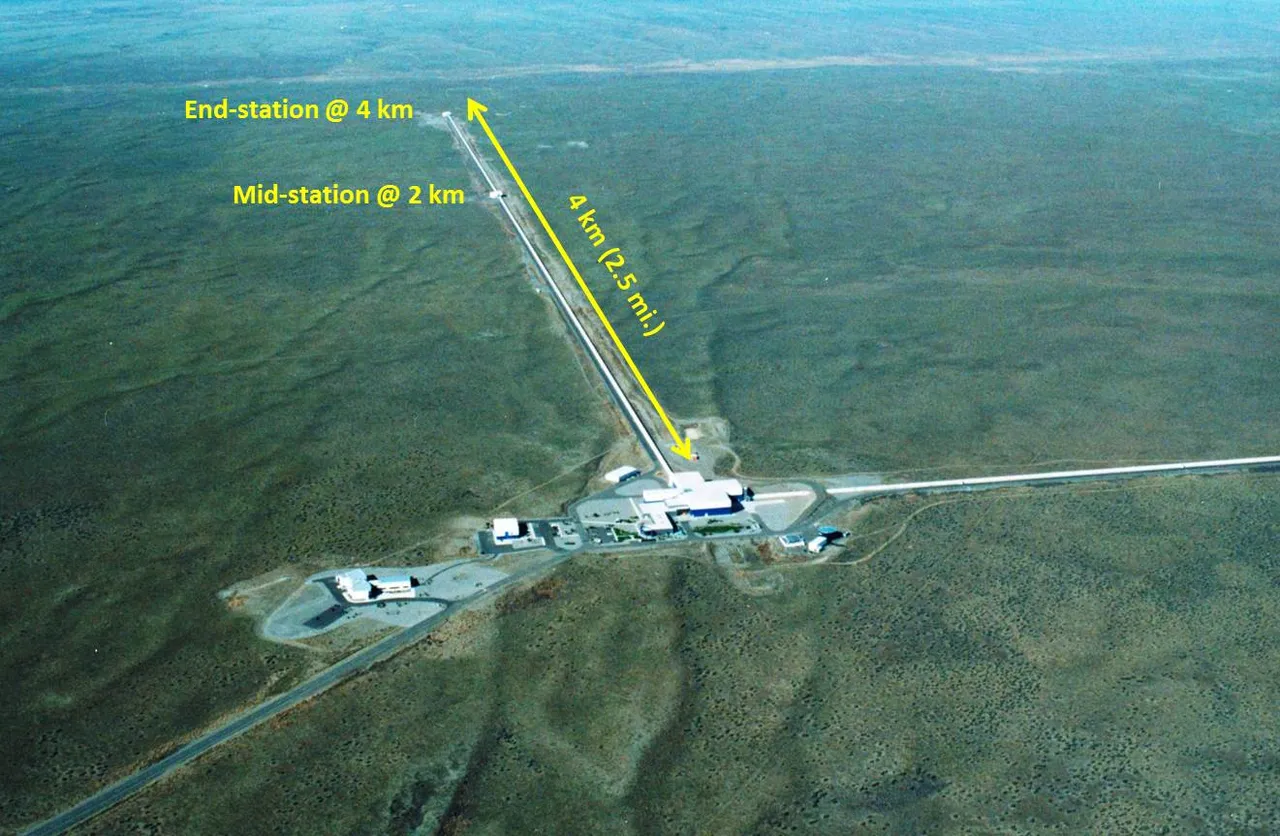
Source
One of the many phenomena that result from solutions to Einstein's theory of relativity are gravitational waves, ripples in space-time itself that are generated when cataclysmic events such as black hole mergers or supernova explosions occur.
Uno de los muchos fenómenos que resultan de las soluciones de la teoría de la relatividad de Einstein son las ondas gravitacionales, ondulaciones del mismísimo espacio-tiempo que se generan cuando se producen eventos cataclísmicos como fusiones de agujeros negros o explosiones de supernovas.
Until now, all of astronomy has been based on the study of the electromagnetic waves that reach our telescopes, from long radio waves to ultra-energetic gamma rays, but there are phenomena that emit very faint electromagnetic waves or do not directly emit any type of electromagnetic waves which makes them invisible.
Hasta ahora toda la astronomía se ha basado en el estudio de las ondas electromagnéticas que llegan a nuestros telescopios, desde las largas ondas de radio hasta los ultra energéticos rayos gamma, pero hay fenómenos que emiten ondas electromagnéticas muy tenues o directamente no emiten ningún tipo de onda electromagnética lo que los hace invisibles.

Sourec
The "telescopes" or laser interferometers based on the detection of gravitational waves will be able to detect these invisible phenomena by studying the gravitational waves they generate, there are currently two of these interferometers on land LIGO (Laser Interferometer Gravitational-Wave Observatory) located at both ends of the coast from USA.
Los "telescopios" o interferómetros láser basados en la detección de ondas gravitacionales podrán detectar estos fenómenos invisibles estudiando las ondas gravitacionales que generan, actualmente existen dos de estos interferómetros en tierra LIGO (Laser Interferometer Gravitational-Wave Observatory) situados a ambos extremos de la costa de EEUU.
LISA would be something similar but built in outer space instead of on the ground, three spacecraft forming a triangle whose sides measure one and a half million km each, connected to each other by laser beams, this allows it not to be affected by the "noise" from Earth and can detect weaker gravitational waves.
LISA sería algo similar pero construido en el espacio exterior en lugar de hacerlo en tierra, tres aeronaves formando un triángulo cuyos lados miden un millón y medio de de km cada uno conectados entre sí por rayos láser, esto permite que no se vea afectado por el "ruido" de la Tierra y pueda detectar ondas gravitacionales más débiles.

Source
This is really why it is worth spending a fortune on this interferometer, ground-based ones like LIGO can detect waves between 10 and 1,000 Hz while LISA will be able to detect waves between 0.1 mHz (milliHertz) and 1 Hz, that is, a thousand times weaker than those detected on the ground.
Este es realmente el motivo por el que merece la pena gastarse una fortuna en este interferómetro, los instalados en tierra como LIGO pueden detectar ondas entre 10 y 1.000 Hz mientras que LISA será capaz de detectar ondas entre 0,1 mHz (miliHertz) y 1 Hz, es decir, mil veces más débiles que las detectadas en tierra.
In the project involving the European Space Agency (ESA), NASA and an international consortium of scientists, LISA aims to measure relative changes in position that are smaller than the diameter of a helium nucleus over a distance of one million miles, which will make it possible to record events hitherto impossible to detect.
En el proyecto participan la Agencia Espacial Europea (ESA), la NASA y un consorcio internacional de científicos, LISA tiene como objetivo medir cambios relativos en la posición que son menores que el diámetro de un núcleo de helio en una distancia de un millón de millas, lo cual permitirá registrar eventos hasta ahora imposibles de detectar.
More information/Más información
https://lisa.nasa.gov/